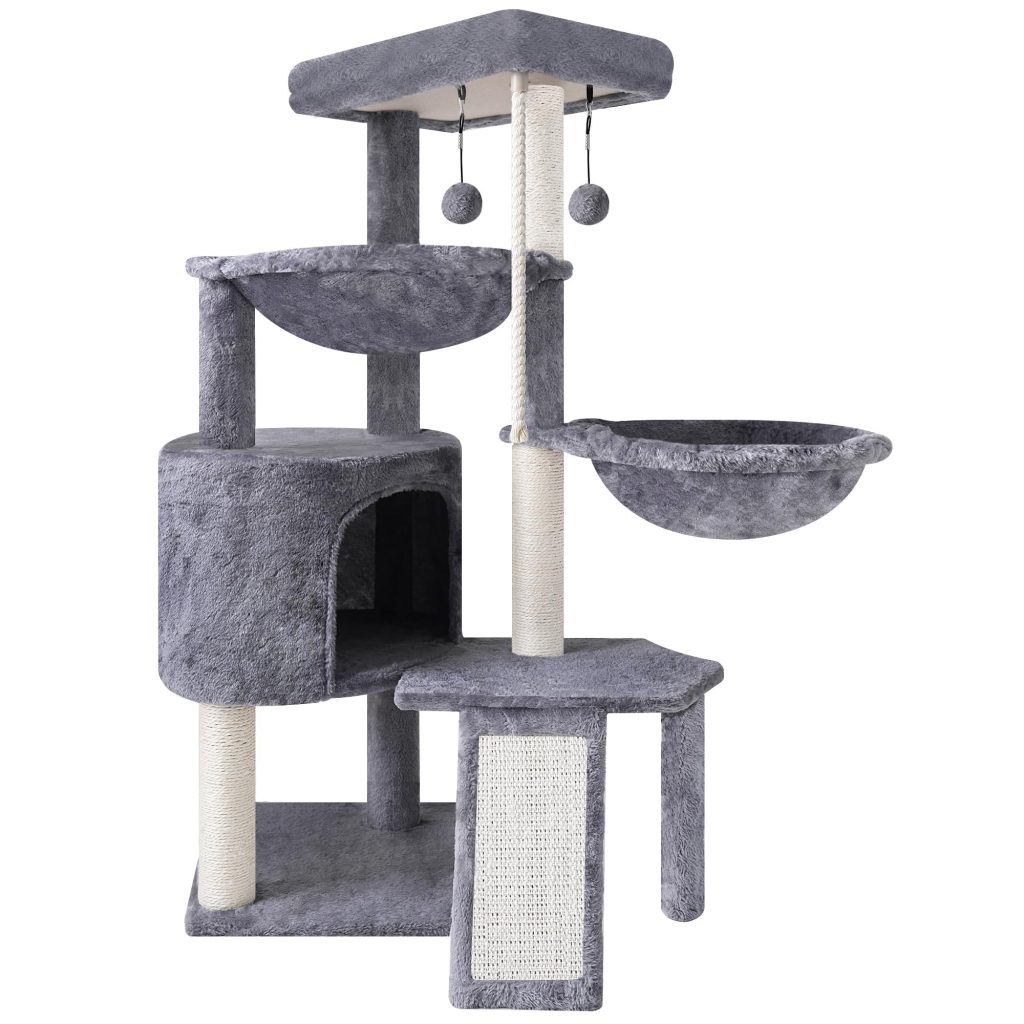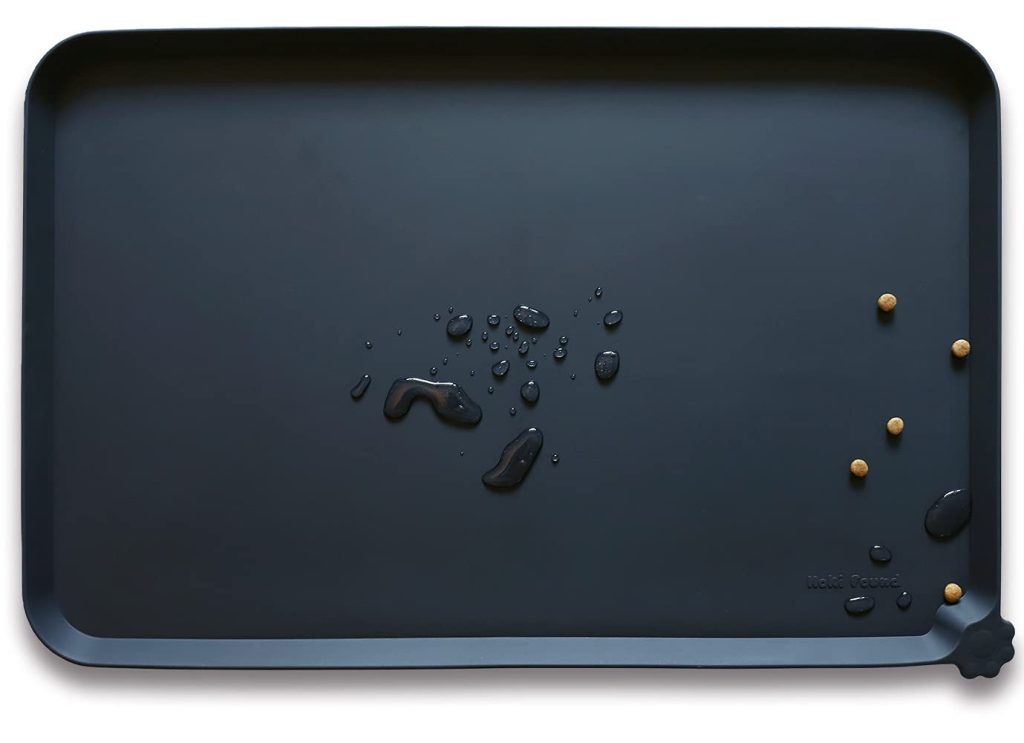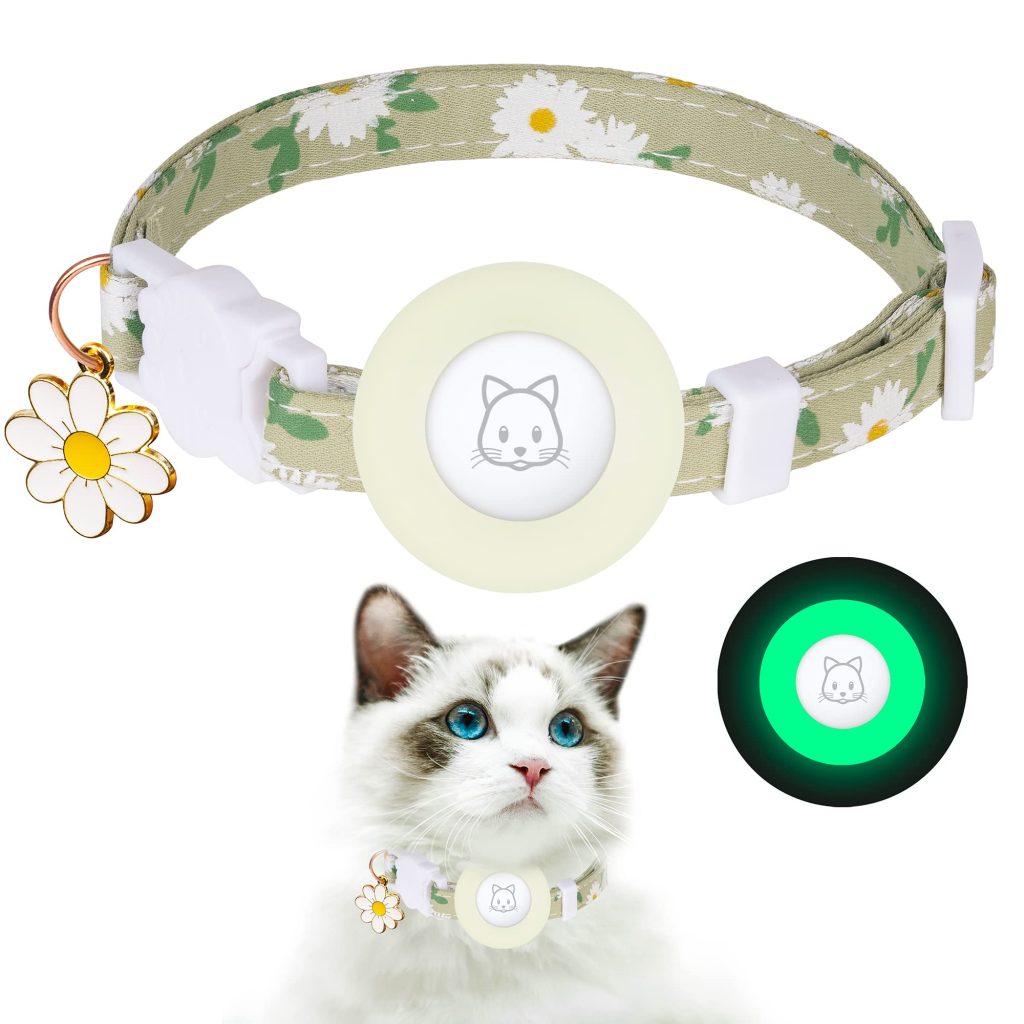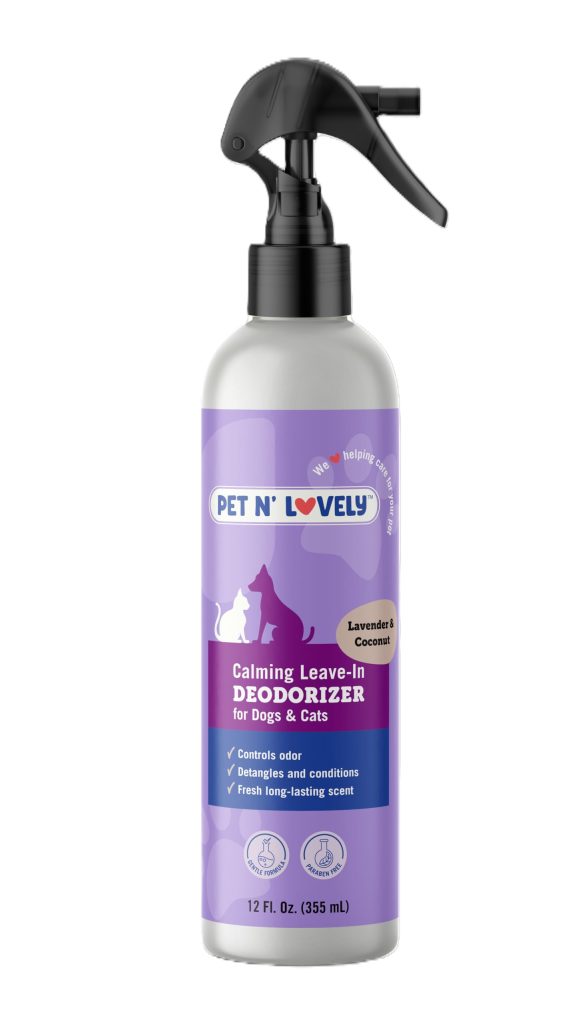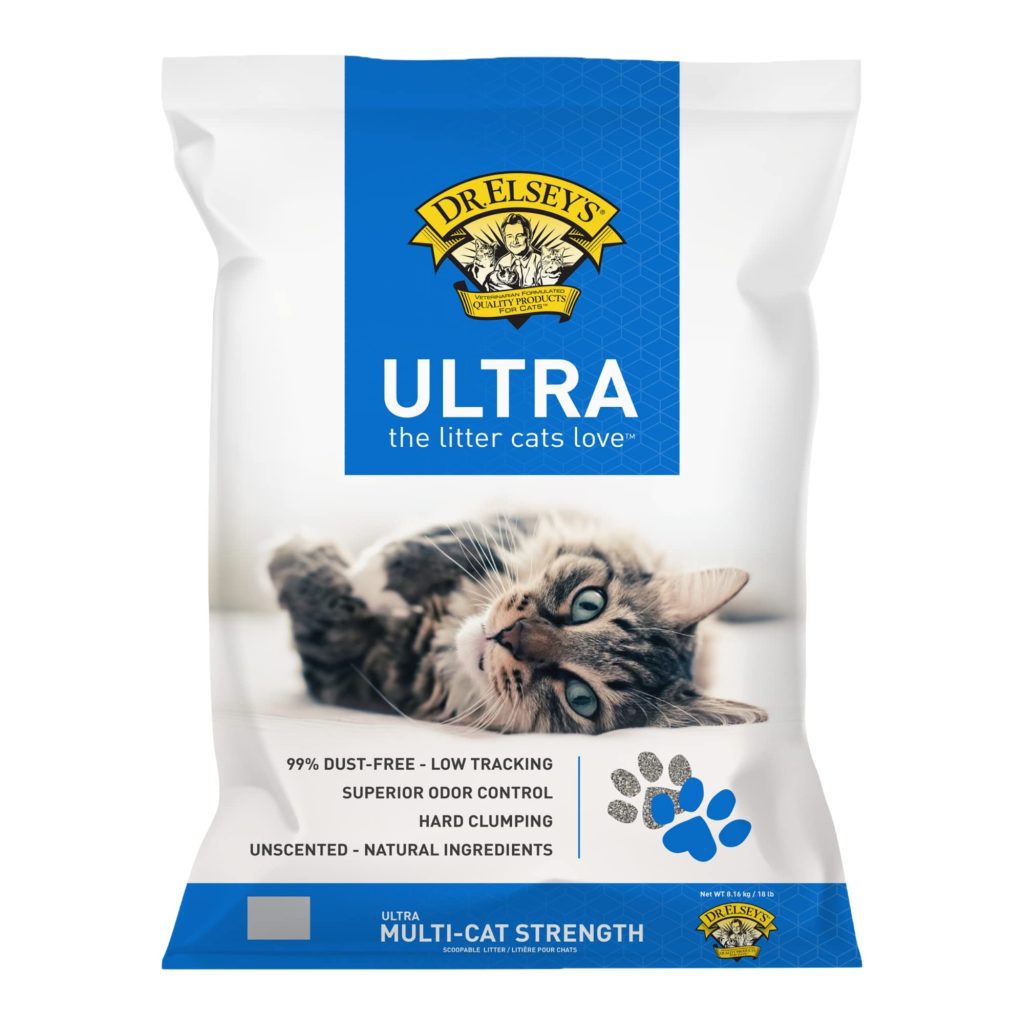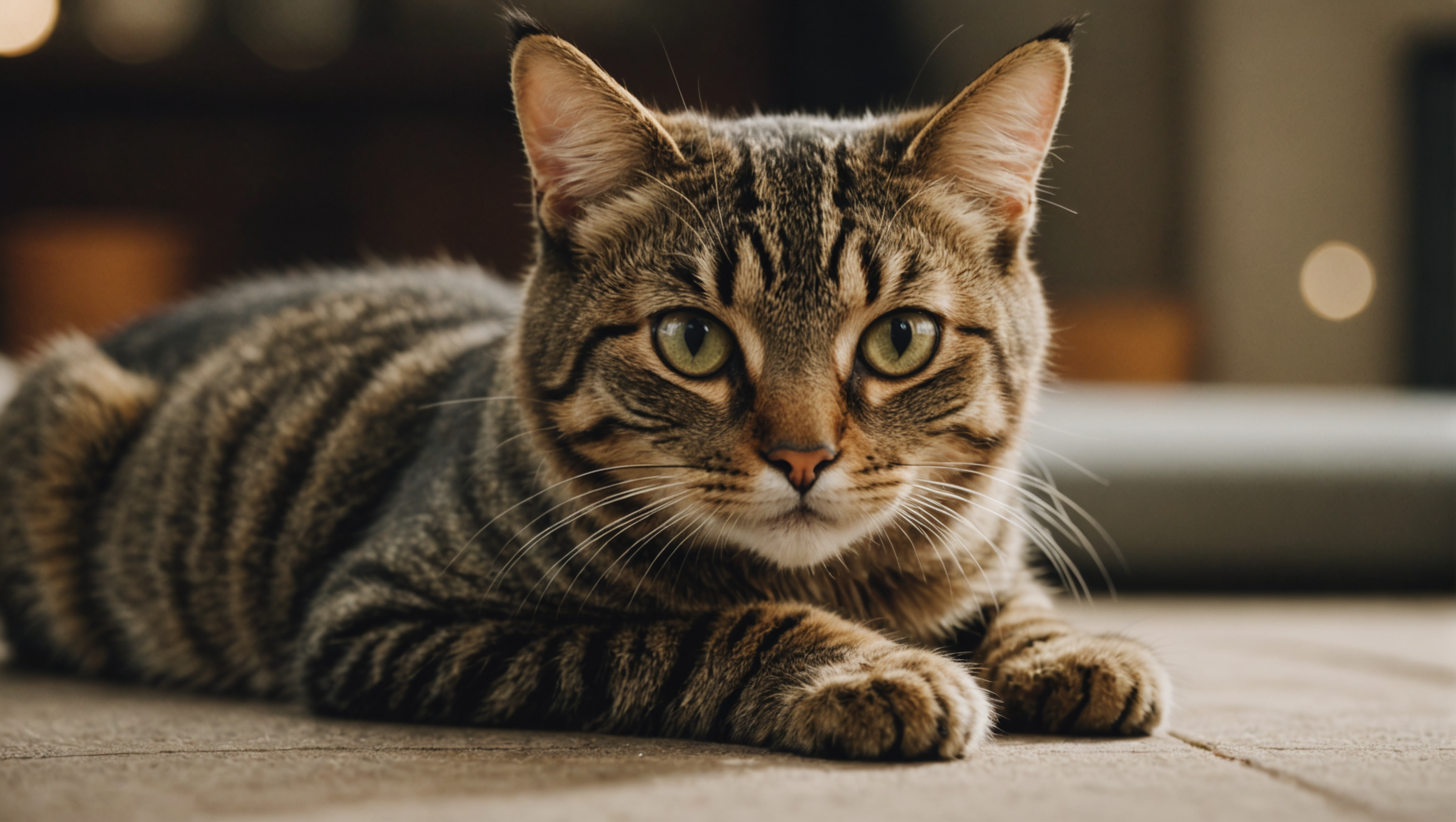
When exploring the fascinating realm of feline behavior, one cannot overlook the charming yet enigmatic ritual of kneading. Cats exhibit this soothing act by rhythmically pushing their paws alternately against soft surfaces, often accompanied by a tranquil expression and gentle purring. Yet, beneath the surface of this seemingly innocent pastime lies a complex tapestry of instinctual urges, emotional manifestations, and intricate communication strategies that serve to connect cats not only with their environment but also with their human companions.
To the untrained eye, kneading might appear as just a peculiar quirk of cat behavior, yet it is rooted deeply in the feline psyche and evolutionary history. As kittens, the kneading motion serves an important function; it’s part of their nursing behavior, stimulating the mother cat’s milk production while feeding. This early association with comfort and nourishment is so potent that it often carries over into adulthood. Even as adult cats, the act of kneading might evoke nostalgic sentiments, reminiscent of those tender moments spent with their mother, accompanied by warmth and security.
This poignant connection to their formative experiences makes kneading a significant form of communication for our feline friends. When a cat kneads on your lap or beside you, it signals much more than a mere urge to stretch. It is a declaration of trust, an expression of affection, and a means of reaffirming the bond that exists between you and your whiskered companion. In the words of cat behavior expert Jackson Galaxy, “Cats knead for a sense of comfort and to mark their territory with their scent.” By kneading, your cat is not only asserting their ownership of their chosen spot but also entwining you into their world of loyalty and love.
Furthermore, kneading can be seen as a form of self-soothing behavior, particularly in response to stress or anxiety. In moments of confusion or uncertainty, cats may revert to this instinctive behavior as a way to regain composure and find solace in their surroundings. Observing your cat knead during moments of upheaval—such as changes in the household dynamics or the introduction of new pets—can provide valuable insights into their emotional state, thereby deepening your understanding of their needs and feelings.
Infusing this ritual into your interaction with your pet can also be a beneficial approach to enhancing the bond between you and your feline friend. Cats often select a particular texture that speaks to their comfort, with blankets, soft pillows, or even your lap becoming favored kneading spots. To take this a step further, you might think providing a designated kneading blanket imbued with your scent, creating a safe haven for your cat to express this instinctual behavior while at once forging a deeper emotional connection between you both.
In essence, understanding kneading behavior transcends mere observance; it calls for an appreciation of its profound meanings and implications. By delving into the myriad reasons behind this behavior—from its roots in kittenhood to its role as a form of communication—you can navigate the nuances of your feline’s emotional landscape more effectively. The harmonious interplay between nurturing and emotional expression found in kneading not only enriches your cat’s life but also brings a sense of fulfillment to your own, fostering a deeper, more empathic relationship with your furry companion.
The History of Kneading in Feline Species
The roots of kneading behavior can be traced back through the annals of feline evolution, revealing a practice that transcends mere whimsy. At its core, kneading is deeply embedded in the life cycle of cats, evolving alongside their developmental milestones. For instance, feral cats and their domesticated counterparts exhibit this behavior not only as a vestige of kittenhood but also as a means of communicating survival instincts in the wild. The rhythmical motion of kneading is believed to originally serve a dual purpose—creating a soft, accommodating space for resting or birthing while concurrently marking territory with scent glands located in their paws.
Historically, kneading has manifested across diverse feline species, showcasing its evolutionary advantage. For big cats such as tigers and lions, while direct observations of kneading are scarce, related behaviors like pawing at grass before resting resemble kneading rituals. This highlights how the instinct to create a sense of comfort and security is not restricted to domestic cats alone. The ancient lineage of our state-of-the-art felines reveals that even in the wild, the need for safe nesting and restful retreat remains paramount. As the apocryphal saying goes, “The more things change, the more they stay the same”—a notion that rings particularly true in the case of kneading, which has retained its significance through eons of evolutionary adaptation.
Delving further into the history of kneading, one can note how this behavior has permeated various cultures’ perceptions of cats. In ancient Egypt, where cats were revered as sacred beings, their perceived mystical qualities strengthened the bond between humans and felines. Cats graced the sacred spaces of temples and households alike, kneading fabric in an almost ritualistic fashion, thus cementing their role as symbols of domesticity and nurturing. The kneading motion served to connect them with the divine and, by extension, the humans who adored them.
From this historical perspective, kneading can be viewed as a multifaceted behavior that exemplifies the complexities of feline existence. It balances the instinctual needs that drive cats—the comfort of returning to an earlier stage of life with the survival staples of territory marking and safety against the backdrop of their domesticated lives. As pet owners, recognizing and valuing this behavior as a link to cats’ primal instincts can transform our understanding of their actions, imbuing everyday interactions with deeper meaning. When a cat kneads, they do not merely engage in play; they are invoking a connection that bridges millennia and speaks to their intrinsic need for comfort, security, and companionship.
As we look back, it becomes clear that kneading is not just a nostalgic quirk; it is a rich tapestry woven from history, instinct, and emotional depth. It underscores the strong link between a cat’s ancestry and its modern-day existence with humans, reminding us not only of the complexities of their behavior but also of our profound role in their ongoing narrative. To cherish this connection is to embrace the true essence of what it means to share our lives with these exquisite creatures, who remind us daily that some behaviors extend far beyond their immediate context, revealing an intricate legacy stretched across ages.
The Science Behind Kneading: A Psychological Perspective
The intricate relationship between kneading behavior and the psychological makeup of cats is underscored by its profound implications for feline emotion and social interaction. Scientific research highlights that cats, much like humans, exhibit a broad spectrum of feelings and temperament. Thus, whether an inquisitive kitten or a regal elder, the psychological engagement of kneading is a compelling window into their inner world. The behavior embodies not just instinctual reminiscence, but also signals emotional currents, paving the way for deeper connections between the creature and its caregiver.
When cats knead, they showcase an amalgamation of instinct and expression, drawing upon their evolutionary past to articulate present emotions. The rhythmic motion is akin to a release valve for pent-up feelings, a phenomenon that can be likened to mindfulness practices in humans where repetitive actions foster calmness. Observations reveal that kneading is frequently accompanied by behaviors emblematic of deep relaxation—dilated pupils, slow blinks, and a contented purr. Such manifestations indicate that your feline friend has settled into a comfort zone, solidifying the idea of kneading as an affirmation of trust within the human-animal bond.
The psychological lens through which one observes kneading further unveils its role as an essential medium for emotional communication. Cats employ kneading as both a means of self-regulation during stressful scenarios and an emblematic expression of love, evoking a sense of safety and stability. For instance, when encountering a particularly tumultuous environment—whether due to loud noises, the arrival of unfamiliar visitors, or a shift in household routines—your cat may instinctively turn to kneading as a coping mechanism. This subconscious act allows them to channel anxiety into a behavior that, historically tethered to maternal comfort, responds to the immediate need for reassurance.
Moreover, understanding this behavior provides crucial insights into the nuances of feline training techniques. It’s common knowledge that creating a supportive environment can dramatically influence a cat’s ability to thrive emotionally and behaviorally. The act of kneading can be leveraged as a positive reinforcement tool during training sessions, turning it into an avenue for rewarding desired behaviors. For example, if your cat kneads while receiving affection or treats, it can establish a rewarding feedback loop, strengthening the bond as they learn to associate good behavior with feelings of contentment and safety.
In this way, kneading evolves beyond a mere quirk into a pivotal component of interaction, threading through the fabric of your relationship with your feline companion. Indeed, as the brilliant feline behaviorist Andrew W. McCarthy observes, “Understanding a cat’s emotions allows for a more harmonious coexistence.” The subtleties of kneading behavior are not just about the cat’s desire for comfort; they serve as an invaluable communication tool that deepens the trust between yourself and your cat. A cat that kneads is a cat that openly acknowledges the safety and love present in the relationship, an endearing reminder of the emotional landscape they navigate each day.
Engaging with this knowledge transforms routine moments into profound opportunities for connection. Every knead signals a layered emotional exchange where your cat reaffirms their bond with you. Thus, while one may perceive kneading as merely an endearing custom, it serves as a testament to the psychological complexities that define cats, opening up myriad possibilities for understanding, training, and nurturing your shared existence.
Common Theories Explaining Kneading
As we delve deeper into the various explanations surrounding the phenomenon of kneading, it becomes evident that this behavior is not solely a matter of instinct or comfort; it is a multidimensional expression rich with meaning, waiting to be explored. One of the most widely accepted theories posits that kneading is an evolutionary adaptation linked to early feline life. In the wild, cats are known to knead the ground or surrounding surfaces to create a suitable nesting area, enhancing their chances of safety and warmth. This instinctual practice, dating back to their wild ancestors, manifests as a comforting and familiar motion even in the cozy confines of modern households. When your cat kneads, they’re, in many respects, echoing the behaviors that once kept them safe and secure in the wilderness.
Another intriguing perspective on kneading is its connection to territory marking. Cats possess scent glands in their paws, and as they knead, they may inadvertently deposit pheromones onto their chosen surface, effectively marking that spot as their own. This assertion of territory, while subtle, is an integral part of feline communication—conveying to other cats the message: “This is my space.” In a world where territory can often be a source of contention, the act of kneading becomes both a soothing balm and a clever tactic for affirming boundaries, enhancing their sense of security within the domestic realm.
Furthermore, kneading might also be viewed through the lens of social behavior. The presence of a trusted human companion can trigger a cat’s nostalgia for maternal comfort. When your cat settles onto your lap and begins to knead, they may not only be expressing affection but also seeking reassurance akin to the nurturing they experienced as kittens. This behavior is often accompanied by a soft purr—a clear sign of contentment and emotional fulfillment. By kneading, your cat creates a shared experience of warmth and bonding, reinforcing the entrenched human-feline relationship that has flourished over thousands of years.
Drawing connections between these various theories enhances our understanding of the intricate layers of cat behavior. For many cat owners, the act of kneading is a delightful interaction; however, it also serves as a window into the emotional complexity that felines navigate daily. By recognizing that every knead is underpinned by instinct, communication, and comfort, owners can better appreciate their cat’s needs. This understanding transforms the act from a simple oddity into a profound ritual that encapsulates trust and intimacy between humans and their feline companions.
In practical terms, appreciating the nuances behind kneading can significantly enrich the bond between you and your cat. For instance, if your cat kneads particularly persistently or with unusual vigor, it may indicate their need for additional emotional support or reassurance. Observing these patterns invites an opportunity for engagement and nurturing, whereby adjustments—be they environmental, social, or relational—can be made to better accommodate your pet’s emotional landscape.
Moreover, the act of kneading can also be a conversation starter around the importance of providing your feline friend with a variety of textures and surfaces to explore. Consider introducing different fabrics or specially designed kneading mats that invoke a sense of comfort and security. This thoughtful approach not only caters to their instinctual behaviors but also promotes a stimulating environment that satisfies their curiosity and emotional needs.
The multifaceted theories surrounding kneading illustrate a rich tapestry of instinctual behavior, communication, and emotional exploration. By unlocking these mysteries, we can forge deeper connections with our feline companions, turning each kneading session into a meaningful dialogue—an echo of trust, affection, and shared experience that reverberates through the gentle rhythm of their paws.
Caring for Your Kneading Cat: Tips and Insights
Caring for a cat that kneads involves an appreciation for this behavior’s profound implications, recognizing it as a pivotal avenue for emotional connectivity between feline and human. As a guardian of a kneading cat, it’s essential to provide a nurturing environment that respects and enhances this instinctual display. Given the historical and psychological underpinnings of kneading, implementing strategies that celebrate rather than suppress this trait can foster a deeper bond and a more harmonious coexistence.
One of the foremost strategies you can employ is to create designated kneading zones tailored to your cat’s preferences. Recognizing that different cats have distinct textures they appreciate, think introducing soft, plush blankets or specialized kneading mats. Such items not only provide a comfortable surface for kneading but also become associated with positive experiences, reinforcing your cat’s sense of safety and belonging. As behavioral expert Mikel Delgado suggests, “Providing cats with their own special spots can enhance their overall well-being and promote their emotional health.”
Consistency is also paramount; when your cat kneads, offer gentle, reassuring strokes to imropve their experience. This tactile engagement serves as a reinforcement of trust, ensuring that your cat associates their kneading behavior with affection and comfort. By participating in this exchange, you are not merely an observer but an active participant in the ritual, a cherished companion in your cat’s soothing process. Consider the knead itself as a communicative gesture—an invitation for connection that transcends mere instinct.
Furthermore, it’s vital to be attuned to your cat’s emotional needs. If you notice fluctuations in their kneading frequency or intensity, it may signal underlying stress or discomfort. Major changes, such as a shift in household dynamics or the introduction of new pets, can precipitate these responses. In such instances, offering a secure retreat, complete with familiar scents and comforting rituals, can help your cat navigate their emotional landscape. This proactive engagement ensures that you remain aligned with their needs, fostering resilience through reassurance.
Your role extends beyond simply providing comfort; it also encompasses education about their instinctual behavior. For instance, should your cat knead on furniture or other less-than-ideal surfaces, redirecting this instinct toward appropriate items while showering them with praise can promote positive habits. Employing gentle discouragement techniques, such as placing a designated blanket in their favored kneading spots, can help nurture their natural behavior without promoting undesirable habits.
Moreover, consider enriching your cat’s environment by introducing interactive toys or puzzles. This engagement not only alleviates potential stressors that may trigger kneading but also satisfies their innate curiosity, promoting mental stimulation. Incorporating elements that challenge their cognitive abilities can significantly enhance their emotional well-being, allowing them to express both their playful and instinctual sides freely.
Lastly, fostering an enriching relationship with your cat through mutual activities can amplify their trust and emotional satisfaction. Engaging in playtime, quiet bonding moments, and soothing sounds—such as calming music designed for pets—can create a tranquil household dynamic that celebrates your cat’s individuality while accommodating their kneading behavior. Such interactions reinforce that their instinctual tendencies are not merely tolerated but valued, enriching the ongoing narrative between you and your beloved feline.
In essence, caring for a kneading cat is a multi-faceted endeavor that requires an empathy-laden approach, underscoring the beauty in the tender exchanges of trust and communication. Creating an environment where your cat feels secure to express this instinct fosters a narrative rich in affection and understanding, bonding the two of you in a partnership that celebrates the delicate dance of kneading—one paw at a time.

